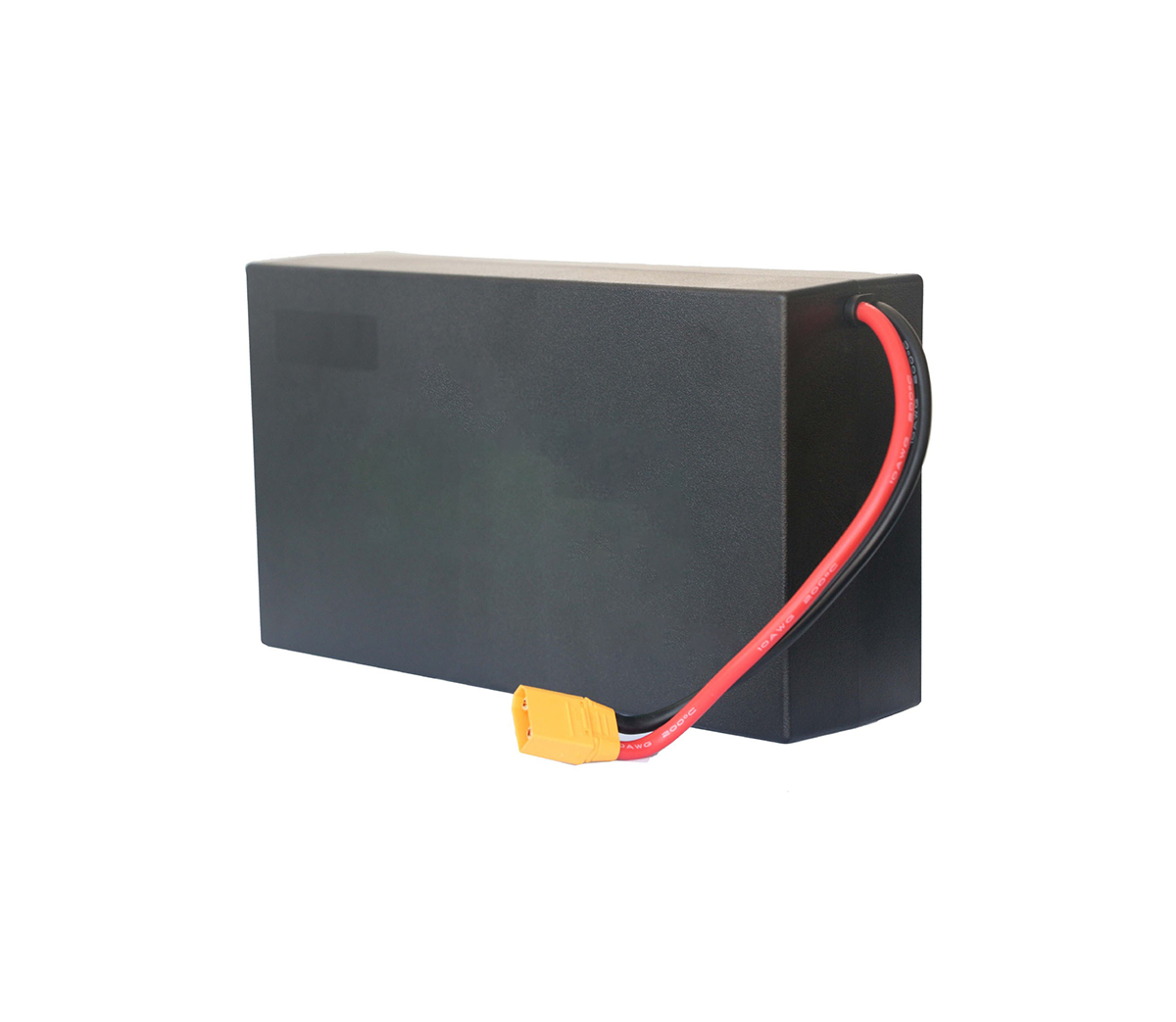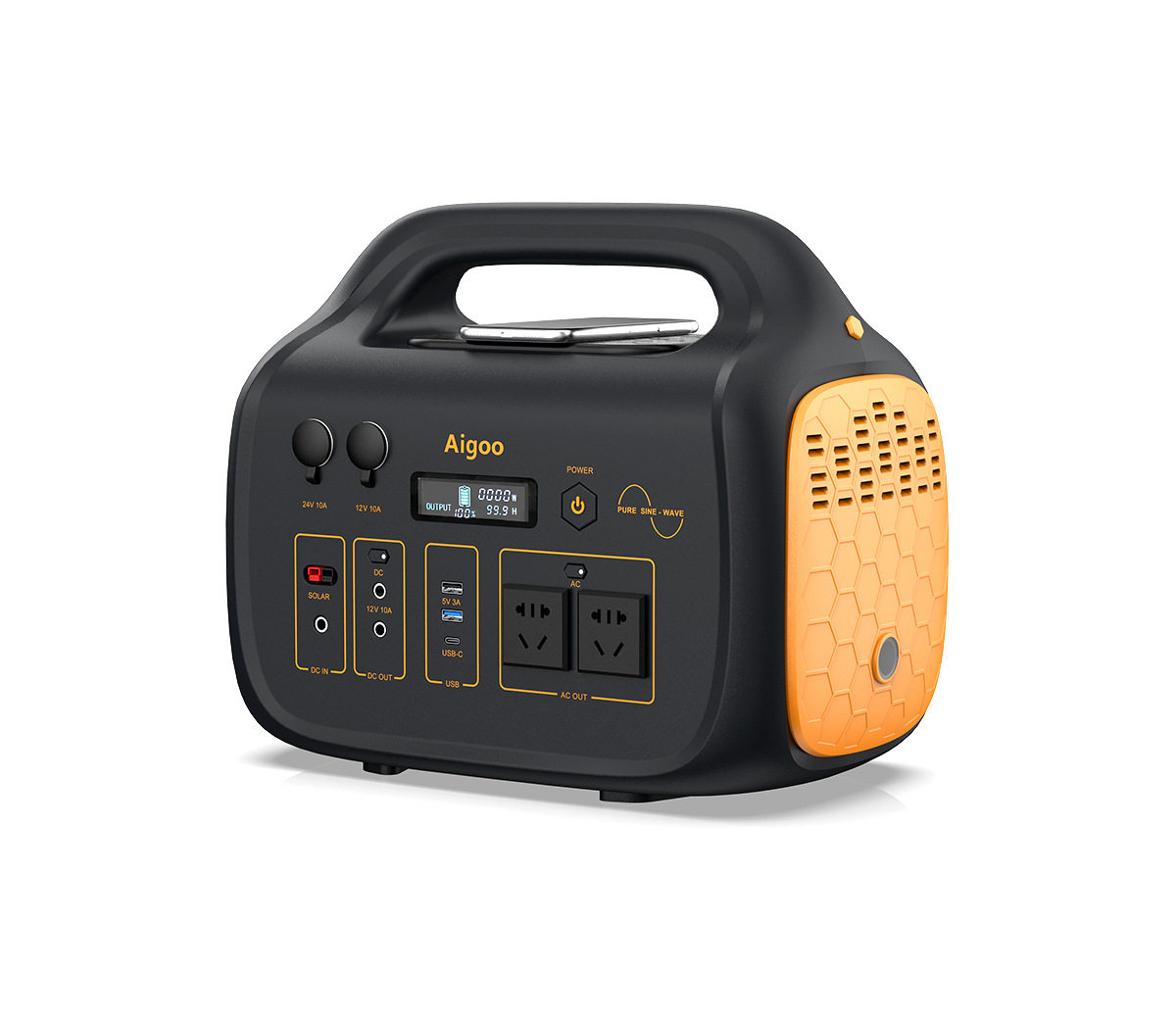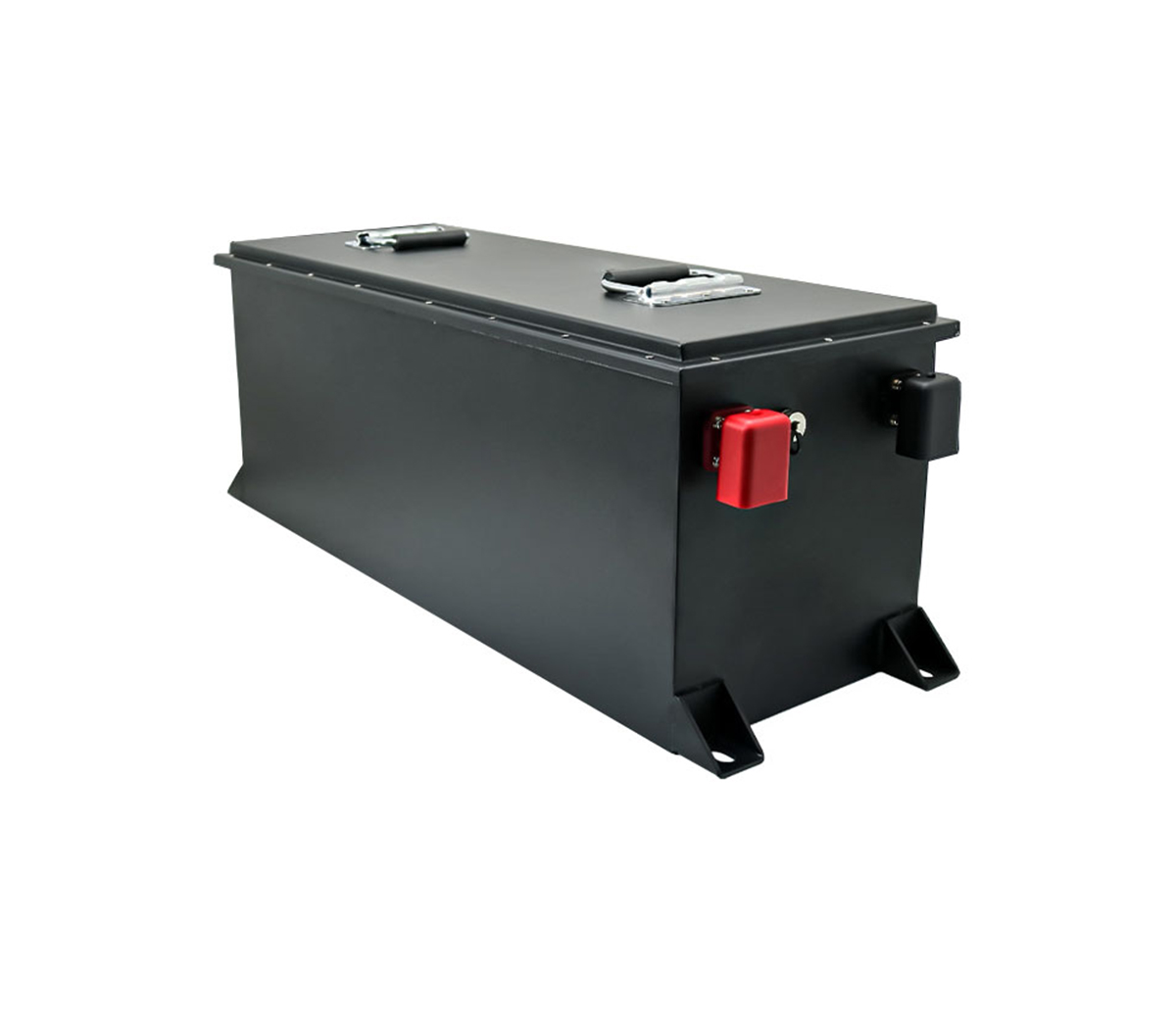The heat dissipation and impedance of MOS are critical design elements
In electronic products, semiconductor devices are common components. The
use of semiconductor devices will generate heat, engineers need to solve the
problem of power consumption and heat dissipation. Then we need to pay attention
to something called thermal resistance. When checking the specifications of
semiconductors, there are almost all parameters related to thermal resistance.
The three parameters Rja, Rjc, and Rjb are often seen. Many people are not clear
about these three parameters, and they are not used in practical applications.
Know which parameter to use to calculate.

First, let's first understand a few basic concepts.
Ta (Temperature Ambient) ambient temperature
Tc (Temperature Case) case temperature
Tj (Temperature Junction) junction temperature
Ta is the ambient temperature of the switch tube, and the general
specification is 25°C.
Tc is the temperature of the package surface of the semiconductor device.
If the MOSFET is metal encapsulated, this TC generally refers to the temperature
on the metal sheet on the side close to the heat sink.
Tj is the temperature of the internal wafer of the semiconductor.
The concepts of Rja, Rjc, and Rjb in the specification.
Rja is the total thermal resistance of the semiconductor wafer to the
environment.
Rjc is the thermal resistance from the semiconductor wafer to the case.
Rjb is the total thermal resistance from the semiconductor wafer to the
PCB.
After knowing the concepts of Rja, Rjc, and Rjb, you will know how to apply
them in actual applications. Heat is conducted from the inside of the wafer to
the outside. The temperature of the wafer is the highest, so power semiconductor
devices often have to calculate the maximum temperature, because the wafer
temperature cannot exceed the maximum junction temperature. Generally, the
junction temperature of semiconductors is 150℃ will be given in the
specification. Then different packages of semiconductors are calculated
differently, such as To-220 packaged MOS tube, if the heat sink is not used, the
wafer will dissipate heat to the surrounding air through the shell, so when
calculating the temperature, use Rja, the calculation formula Is
Ta=Tj-P×Rja,
If the total loss of the MOS tube is known, then the temperature of the
wafer can be calculated. For example, Rja is 62°C/W. If the loss is 1.2W and the
ambient temperature is 65°C, then the junction temperature of the MOSFET can be
calculated as much as possible. Up, Tj=Ta+P×Rja=65℃+1.2×62℃/W=139.4℃
Conversely, the junction temperature cannot exceed 150°C. If the maximum
ambient temperature is 65°C, without a heat sink, Rja=62°C/W
The maximum loss on the MOS tube is P≤(Tj-Ta)/Rja=1.37W, and the maximum
loss cannot exceed 1.37W by calculation.
If mos is the case with a radiator, then there are two specific
scenarios:
1. The radiator is very large and the contact is good, so the contact
thermal resistance is very small and can be ignored. According to Tj=Tc+P×Rjc,
then TC at this time is the temperature of the surface of the semiconductor
shell. Rjc=0.6℃/W, if the test case temperature is 25℃, then the maximum power
P=(Tj-Ta)/Rjc= (150-25)/0.6=208W, the maximum power in the specification is
calculated like this from.
2. The radiator is limited and has thermal resistance. In this case,
Tj=Ta+P×(Rjc+Rcs+Rsa). Here Rcs refers to the thermal resistance of the MOS tube
in contact with the radiator, and Rsa is the thermal resistance of the radiator
to the ambient temperature. In actual use, the heat sink is often limited, and
there are often insulating sheets that increase the thermal resistance.
Therefore, the maximum temperature is required to be between 120°C and 130°C. If
the surface temperature is high, the junction temperature inside will exceed
150°C.

MOS is a very important component of PCM and BMS, the real operator of the
actual protection of lithium batteries, although the current lithium iron
phosphate batteries are inherently very safe, and can be used in electric
vehicles, large energy storage, UPS, etc. However, after all, lithium batteries
are dangerous goods, so we must be very familiar with the temperature parameters
of MOS, only in this way can we design a reasonable circuit board.




































